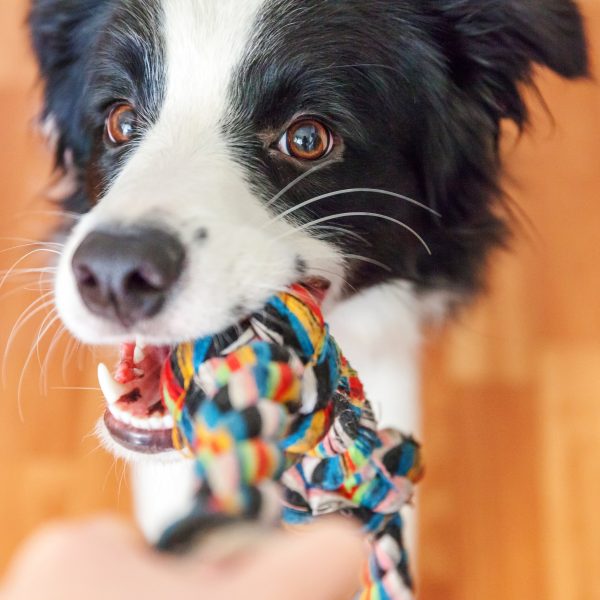How to Create a Good Daily Routine For Your Dog

A proper routine is essential for you and your dog. A routine helps alleviate stress and nervousness because dogs can rely on getting food, exercise, and going out for bathroom breaks. It boosts confidence in your pup and confidence in you as their owner. Here’s how to create a good daily routine for your dog:
1. Set and Stick to Expectations
This is core to setting a good routine for your dog and you. If you set certain expectations but keep breaking them, your dog will be confused. Inconsistent training or expectations is one of the most common ways you’re confusing your dog.
For example, say you don’t want your dog on the couch, but you only enforce the rule most of the time. Your dog won’t understand why and will continue to get on the couch. But if you stick to the rule, they will respect the boundary.
Also, be sure all members of the household enforce the same expectations. Dogs will not understand why one person allows one thing while another does not. Consistency in routines and expectations is key for your dog in understanding the rules of the home and is one of the most valuable dog training tips.
2. Be Flexible
While dogs need predictable routines, being too rigid can be stressful for your dog. Say you always take your dog out for the bathroom or walk at an exact time. If you miss this time, your dog may get anxious and act out. Rather, try building routines around actions. You can also set up a feeding station for your dog to add a location to the routine.
For example, in the morning, feed them breakfast when you get out of bed. Then, they can go out for the bathroom or for a walk. This way, they’ll know breakfast arrives when you’re out of bed. For evening meals, consider feeding them after a short walk or playtime. These types of paired cues and other factors contribute to how dogs sense time and can help establish habits and routines.
And of course, have another bathroom break later on in the evening to signal downtime and rest. This allows you some flexibility in your life while still offering your dog predictability. Building a solid, secure routine with consistent expectations around behavior cues like these can help create a routine and is even a tool to help calm a reactive dog.
3. Training Routines are Helpful
Incorporating basic training skills into your dog’s daily routine is a good way to keep your pup mentally stimulated. Dogs like to be challenged and working on training can help with that, as well as help with behavior problems. Not working or challenging your dog is one of the ways you might be annoying your dog without realizing it.
You can have your dog enrolled in weekly training classes or do training at home. Even just a few miniature sessions a day of working on basic commands or tricks is a great way to keep things fresh in your dog’s mind.
4. Don’t Forget Playtime or Exercise
Having adequate playtime or exercise built into your dog’s routine is very important. Dogs need approximately 30-45 minutes of exercise a day, and more for higher-energy breeds. This can be achieved in the form of walks, runs, swims, or vigorous play time, like fetch. You can even build a fun DIY obstacle course in your backyard.
Or, if you can’t get outside due to bad weather, try building an obstacle course inside or play some indoor scent games to help them release some energy! If your schedule allows it, try to break exercise up into chunks.
This is easier on you and your dog and it can help get their energy out in the morning and evening, which can help ease behavior problems. A well-exercised dog is much less likely to resort to destructive behaviors. Breaking activity up into short bursts is also one of the tips for safely exercising flat-faced dogs.
Hopefully, these tips on how to create a good daily routine for your dog are beneficial. Having a good routine in place is good for both you and your pup! Plus, creating a good routine can help your puppy sleep through the night and can be helpful if your older dog tends to wake up at night.
